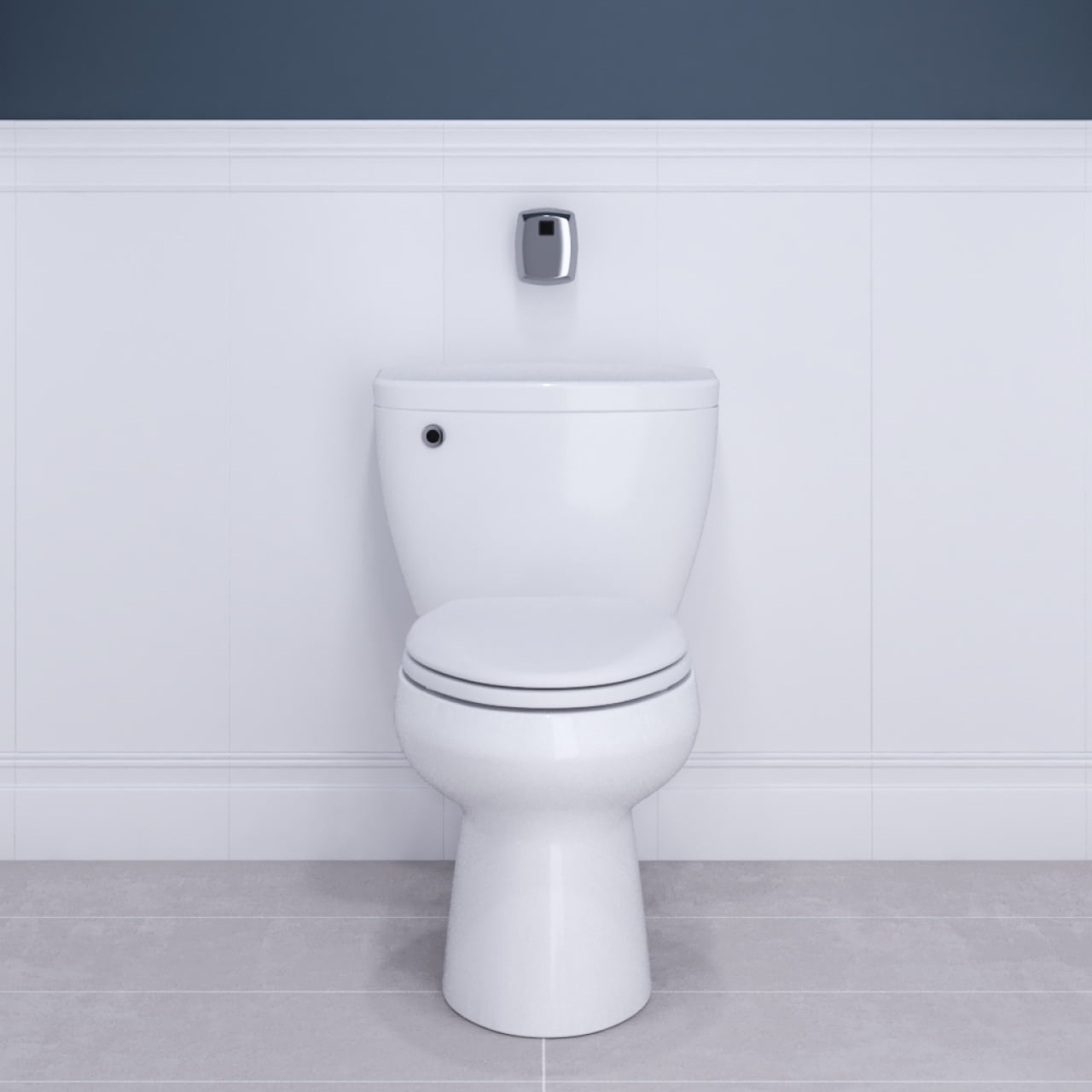

Articles
How To Flush An Automatic Toilet
Modified: October 18, 2024
Learn how to effectively flush an automatic toilet with these informative articles. Improve your bathroom experience and eliminate any lingering odors by following these step-by-step guides.
(Many of the links in this article redirect to a specific reviewed product. Your purchase of these products through affiliate links helps to generate commission for Storables.com, at no extra cost. Learn more)
Introduction
Welcome to the world of modern technology in the realm of plumbing – the automatic toilet. As our lives become increasingly automated, it’s no surprise that even the most basic necessities, such as toilets, have been upgraded to provide convenience and functionality. In this article, we’ll take a closer look at automatic toilets, how they work, and the steps involved in successfully flushing them.
Automatic toilets, also known as flushometers, offer a hands-free and hygienic solution to the traditional flush toilet. Instead of using a handle or button, these toilets utilize sensors or motion detectors to trigger the flushing mechanism. This innovative technology not only saves water by ensuring an efficient flush, but also reduces the risk of germ transmission.
Before we dive into the specifics of flushing an automatic toilet, it’s important to familiarize ourselves with the components that make up this sophisticated plumbing fixture. The main elements include the sensor, flush valve, and solenoid valve.
The sensor, typically located on the top or side of the toilet, detects motion or presence and sends a signal to initiate the flushing process. The flush valve, connected to the water supply pipe, opens and allows water to flow into the bowl when triggered. The solenoid valve controls the flow of water to the valve and is responsible for regulating the flush duration.
In the following sections, we’ll guide you through the necessary steps to prepare for flushing an automatic toilet, the actual flushing process, and troubleshooting common issues that may arise. Additionally, we’ll provide you with maintenance tips to keep your automatic toilet in optimal working condition.
So, whether you’re a homeowner with a newly installed automatic toilet or simply curious about the technology, let’s embark on this informative journey to learn more about how to properly flush an automatic toilet.
Key Takeaways:
- Embrace the future of plumbing with automatic toilets, offering hands-free operation, water efficiency, and innovative technology for a convenient and hygienic flushing experience.
- Position yourself correctly, activate the sensor, and troubleshoot common issues to ensure optimal functionality. Regular maintenance is crucial for extending the lifespan of your automatic toilet and preventing potential issues.
Read more: How To Manually Flush A Toilet
Understanding the Automatic Toilet
Before we delve into the specifics of flushing an automatic toilet, it’s crucial to have a solid understanding of how this innovative plumbing fixture operates. By familiarizing ourselves with the key components and mechanisms, we can navigate the flushing process with confidence.
At the heart of the automatic toilet is the sensor. The sensor is designed to detect motion or presence in the surrounding area. It may utilize infrared technology or other motion-sensing mechanisms to trigger the flushing process. When the sensor detects someone approaching or leaving the toilet, it sends a signal to activate the flush.
The flush mechanism itself consists of two essential components: the flush valve and the solenoid valve. The flush valve is connected to the water supply pipe and opens when triggered, allowing water to flow into the bowl and initiate the flushing action. The solenoid valve controls the flow of water to the flush valve, regulating the duration and intensity of the flush.
One of the key advantages of automatic toilets, aside from the hands-free operation, is their water efficiency. The flushometers in automatic toilets are designed to deliver a specific amount of water per flush, ensuring an efficient use of resources. This is in contrast to traditional flush toilets, where the user has control over the amount of water used and may unintentionally waste water.
Many automatic toilets also feature additional functionalities, such as dual flush options. These toilets offer both a full flush for solid waste and a reduced flush for liquid waste, further reducing water consumption. Some models even incorporate self-cleaning mechanisms that streamline the maintenance process.
It’s worth noting that automatic toilets can vary in terms of sensitivity and responsiveness. This means that some may require closer proximity or a deliberate gesture to trigger the sensor, while others may be more sensitive and respond to even the slightest movement. As a user, it’s important to experiment and find the right approach for flushing your specific automatic toilet.
Now that we have a clear understanding of how automatic toilets work, let’s move on to the next section, where we’ll explore the necessary steps to prepare for flushing an automatic toilet.
Preparing for Flushing
Before you can successfully flush an automatic toilet, there are a few essential steps you need to take to ensure a smooth and hassle-free experience. By following these preparation steps, you can avoid any potential issues and optimize the functionality of your automatic toilet.
1. Position yourself correctly: Stand or sit in a position where you can be easily detected by the sensor. Keep in mind that the exact positioning may vary depending on the sensitivity of your particular automatic toilet. Experiment with different distances and angles to determine the most effective approach.
2. Stay within the range: Automatic toilets have a specific range within which the sensor can detect movement. Make sure you are within this range when getting ready to flush. If you are too far away, you may not trigger the sensor and nothing will happen when you attempt to flush.
3. Avoid blocking the sensor: Ensure that nothing obstructs the sensor’s line of sight. Confirm that there are no objects or body parts in front of the sensor that could block its view and prevent it from detecting your presence. This may require adjusting your position or removing any potential obstacles.
4. Follow any specific instructions: Some automatic toilets come with additional instructions or guidelines for optimal usage. These instructions may be provided by the manufacturer or posted near the unit. Familiarize yourself with any specific requirements to ensure you are operating the toilet correctly.
5. Be patient: Automatic toilets may have a slight delay between the sensor detecting movement and actually initiating the flush. This delay is intentional and designed to prevent accidental flushes. When you trigger the sensor, give the toilet a moment to respond before assuming something is wrong.
By taking these preparatory steps, you’ll set yourself up for success when it comes to flushing your automatic toilet. Remember, each automatic toilet may have its own unique features, so make sure to consult the user manual or any accompanying documentation for additional guidance specific to your model.
Next, we’ll move on to the exciting part – the actual process of flushing an automatic toilet. Follow along as we explore the step-by-step instructions to ensure a seamless flush every time.
Flushing the Automatic Toilet
Now that you’ve completed the necessary preparations, it’s time to dive into the process of flushing your automatic toilet. With its hands-free operation and innovative technology, flushing an automatic toilet is a breeze. Follow these step-by-step instructions for a successful flush:
1. Step up to the toilet: Approach the automatic toilet and position yourself within the range of the sensor. Ensure that there are no obstructions blocking the sensor’s line of sight.
2. Activate the sensor: The sensor will detect your presence and trigger the flushing mechanism. Make sure to give the sensor enough time to register your movement, as there may be a slight delay. You may need to wave your hand or make a deliberate motion near the sensor for it to activate.
3. Wait for the flush: Once the sensor detects your movement, the flush valve will open, allowing water to flow into the bowl. Depending on the model of your automatic toilet, you may hear a sound indicating that the flush has been initiated. Be patient and wait for the flush to complete.
4. Adjust if necessary: If the flush is too short or too long, you can make adjustments by altering your positioning or timing. Experiment with different distances and durations to find the optimal setup that provides the desired flush intensity and duration.
5. Step back and observe: After the flush is complete, step back from the toilet and observe to ensure that it fully flushes. Confirm that the water flow is steady and that there are no issues with clogging or incomplete flushing. If there are any concerns, refer to the troubleshooting section below for assistance.
It’s important to note that not all automatic toilets operate in the exact same manner. Some may have variations in sensor sensitivity and flush duration. As a user, it’s important to familiarize yourself with the specific details and functions of your particular automatic toilet model to ensure optimal performance.
With these simple steps, you can confidently flush your automatic toilet and enjoy the convenience of hands-free operation. Now let’s move on to the troubleshooting section, where we’ll address some common issues that may arise when using an automatic toilet.
To flush an automatic toilet, simply stand up and step away from the toilet. The sensor will detect your movement and automatically flush the toilet.
Troubleshooting Common Issues
While automatic toilets are designed to provide convenient and hassle-free operation, occasionally, you may encounter some common issues that require troubleshooting. Understanding these issues and knowing how to address them can help you maintain the functionality of your automatic toilet. Here are some common problems you may encounter and the corresponding solutions:
1. Sensor not detecting movement: If the sensor fails to detect your presence, check for any obstructions blocking its line of sight. Ensure that you are within the range of the sensor and try waving your hand or making a deliberate motion to activate it. If the issue persists, the sensor may need cleaning or recalibration. Refer to the user manual for instructions on how to perform these tasks.
2. Insufficient or excessive flush: If the flush duration is significantly shorter or longer than desired, experiment with adjusting your positioning and timing. Move closer or farther away from the toilet to see if it affects the flush duration. If the problem persists, there may be an issue with the solenoid valve, and it may require professional assistance for repair or replacement.
3. Water flow issues: If the water flow is weak or inconsistent during the flush, check the water supply valve to ensure it is fully open. Additionally, inspect the water supply pipe for any potential blockages or kinks that may be hindering the flow. If necessary, clean the water supply valve and pipe to remove any debris or sediment that could be causing the issue.
4. Continuous flushing: If the toilet keeps flushing repeatedly without stopping, there may be a malfunction in the flush valve or solenoid valve. In this case, it is recommended to turn off the water supply to the toilet and contact a professional plumber to diagnose and resolve the issue.
5. Maintenance reminder: Some automatic toilets are equipped with maintenance indicators that remind you when it’s time to perform routine maintenance tasks, such as cleaning or replacing certain components. Pay attention to these reminders and follow the manufacturer’s recommendations to keep your automatic toilet in optimal working condition.
Remember, troubleshooting will vary depending on your specific automatic toilet model. Always consult the user manual or contact the manufacturer for detailed instructions and guidance on addressing specific issues.
Now that we’ve covered troubleshooting common issues, let’s move on to the next section, where we’ll explore some essential maintenance tips for your automatic toilet.
Read more: How Toilet Flush Works
Maintenance Tips for Automatic Toilets
To ensure the long-term functionality and optimal performance of your automatic toilet, regular maintenance is key. By incorporating these simple maintenance tips into your routine, you can keep your automatic toilet in top shape:
1. Clean the sensor: Over time, the sensor of your automatic toilet can accumulate dust, dirt, or smudges, which may affect its performance. Regularly clean the sensor using a gentle, non-abrasive cleaner and a soft cloth. Avoid using harsh chemicals or rough materials that could damage the sensor. Follow the manufacturer’s guidelines for cleaning your specific automatic toilet model.
2. Check for leaks: Periodically inspect the area around the toilet for any signs of leaks. Look for water puddles, dampness, or discoloration on the floor or walls. If you notice any leaks, promptly address them by tightening connections, replacing faulty components, or seeking professional assistance if needed. Preventing leaks will help conserve water and avoid potential damage to your bathroom.
3. Maintain the flush valve: The flush valve is a critical component of the automatic toilet. It’s important to keep it clean and free from debris or mineral deposits that may affect its functionality. Remove any visible buildup using a soft brush or cloth. If necessary, follow the manufacturer’s instructions for removing and cleaning the flush valve more thoroughly.
4. Monitor water supply pressure: Excessively high or low water supply pressure can potentially damage the flush valve or other components of your automatic toilet. Regularly monitor the water pressure and adjust it as needed using a pressure regulating valve, if available. Consult a professional if you are unsure about the appropriate water pressure range for your specific automatic toilet model.
5. Follow manufacturer’s recommendations: Every automatic toilet model may have specific maintenance recommendations provided by the manufacturer. Consult the user manual or any accompanying documentation for guidelines on maintenance intervals, recommended cleaning products, and any other specific instructions for your automatic toilet.
By incorporating these maintenance tips into your routine, you can extend the lifespan of your automatic toilet and ensure uninterrupted functionality. Regular maintenance not only keeps the toilet working efficiently but also helps prevent potential issues down the line.
With these maintenance tips in mind, you can enjoy the convenience and hygienic benefits of your automatic toilet for years to come. Before we conclude, let’s summarize the key points discussed in this article.
Conclusion
In conclusion, automatic toilets have revolutionized the way we approach bathroom hygiene and water conservation. With their hands-free operation and innovative technology, these plumbing fixtures offer a convenient and efficient solution for flushing. By understanding how automatic toilets work, preparing for flushing, and troubleshooting common issues, you can confidently navigate the world of automatic toilets.
Remember to position yourself correctly, activate the sensor, and wait for the flush to complete. Experiment with your positioning and timing to achieve the desired flush intensity and duration. Troubleshoot issues like sensor detection, flush duration, water flow, and continuous flushing, following the specific instructions for your automatic toilet model.
Regular maintenance is crucial to keep your automatic toilet in optimal working condition. Clean the sensor, check for leaks, maintain the flush valve, monitor water supply pressure, and follow the manufacturer’s recommendations for maintenance intervals and cleaning products.
By following these guidelines, you can ensure the longevity and reliability of your automatic toilet while enjoying the convenience and hygienic benefits it provides. As technology continues to advance, so will the capabilities of automatic toilets, further enhancing our bathroom experiences.
So, embrace the future of plumbing and experience the ease and efficiency of flushing an automatic toilet. Say goodbye to handles and buttons, and say hello to a hands-free, water-saving solution that brings modern technology to one of our most essential daily activities.
Frequently Asked Questions about How To Flush An Automatic Toilet
Was this page helpful?
At Storables.com, we guarantee accurate and reliable information. Our content, validated by Expert Board Contributors, is crafted following stringent Editorial Policies. We're committed to providing you with well-researched, expert-backed insights for all your informational needs.
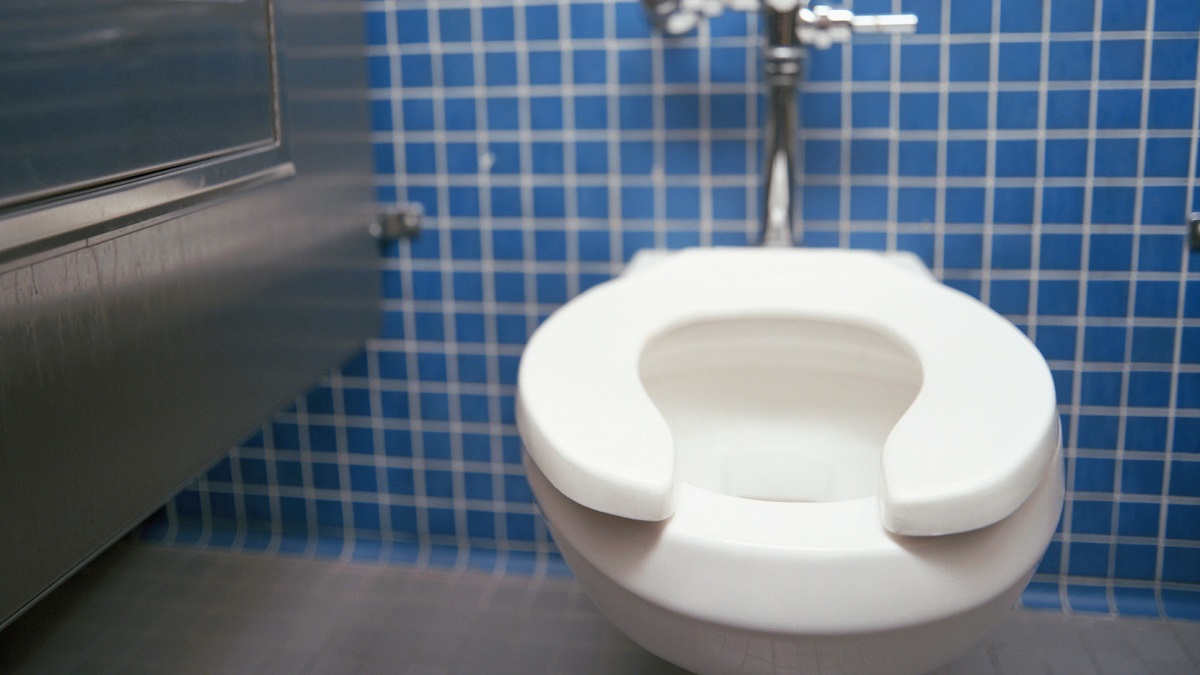

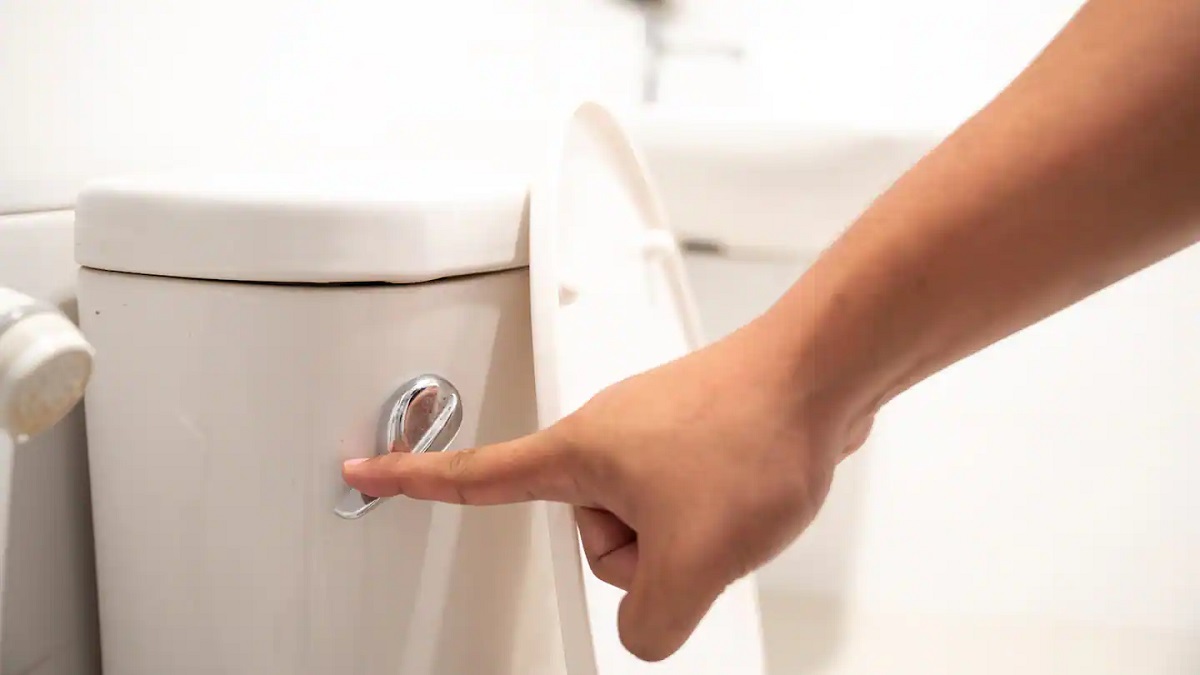
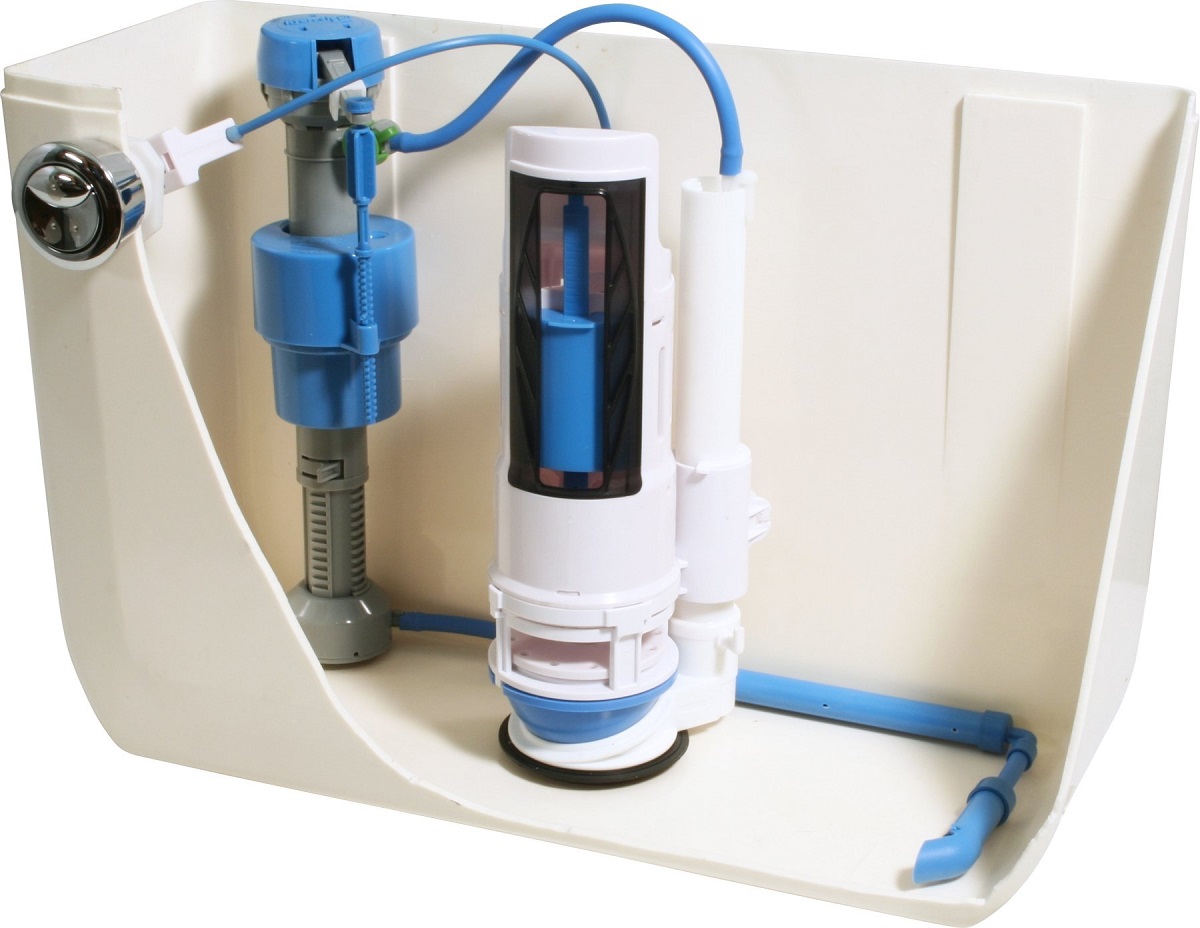
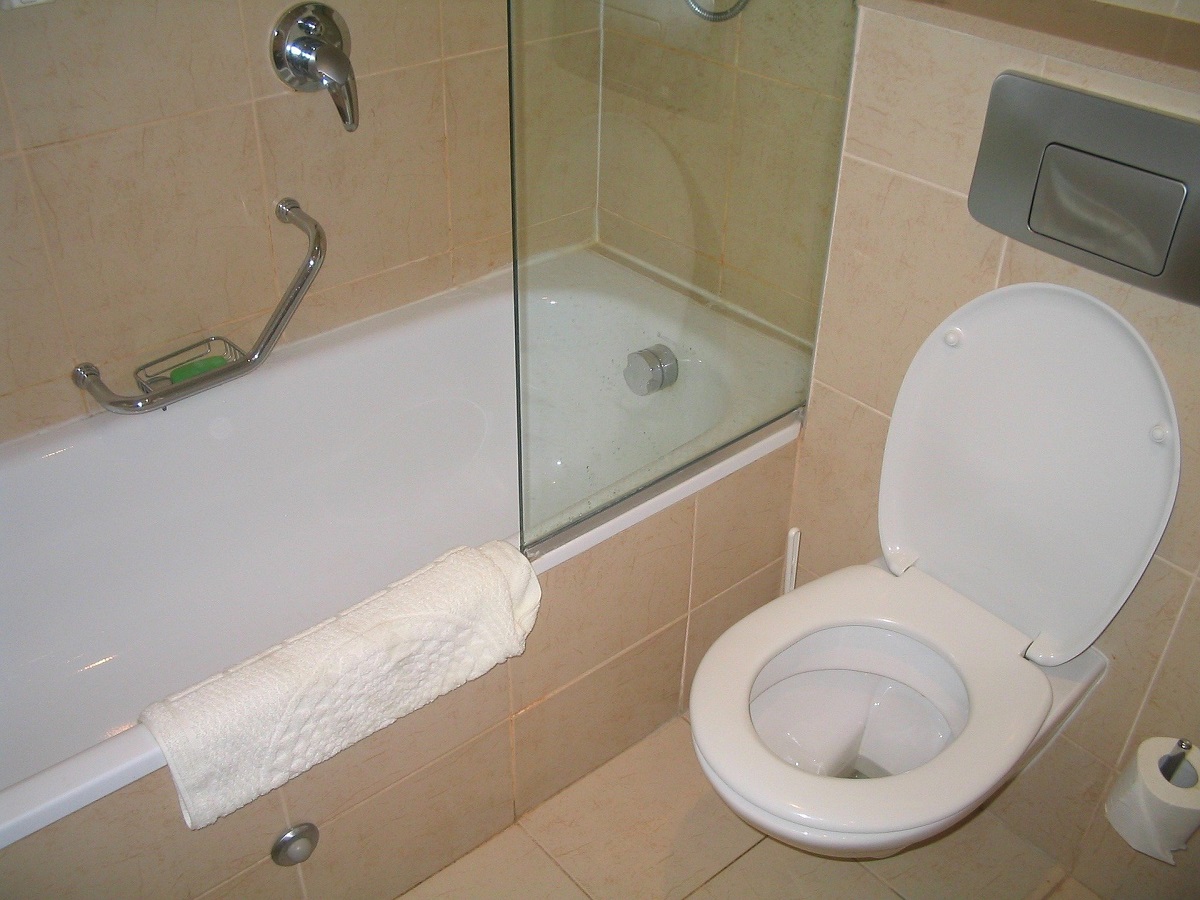
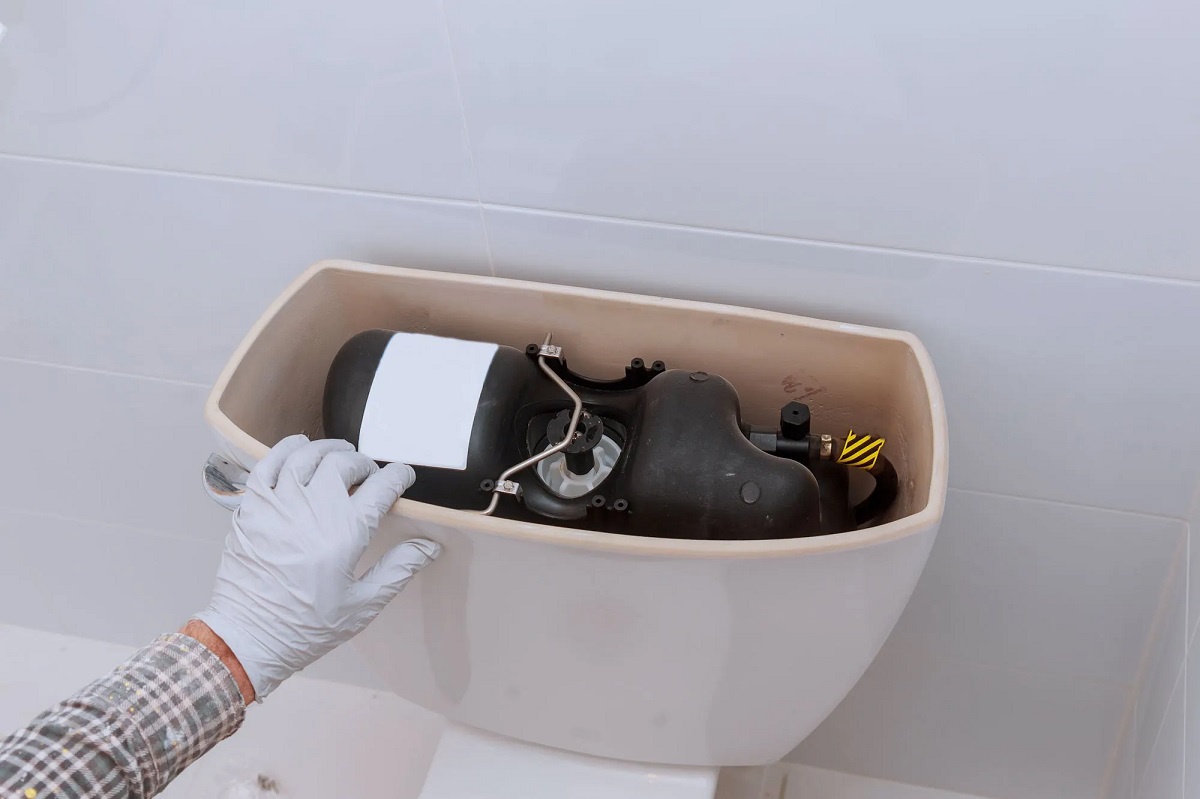
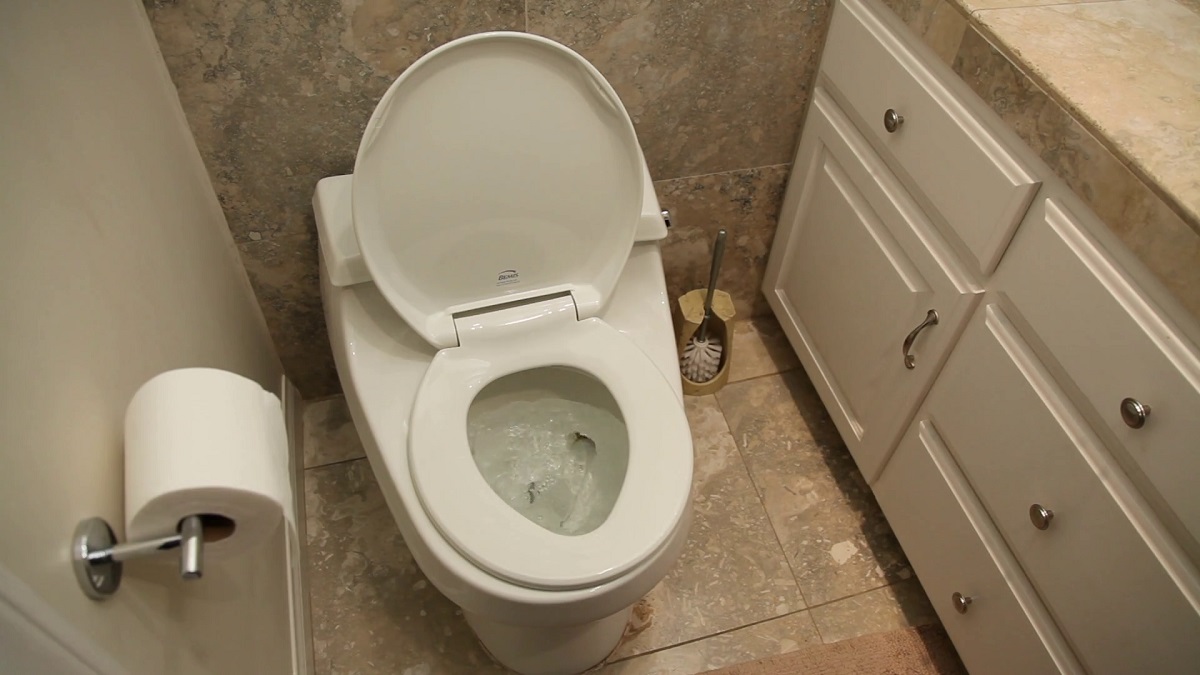
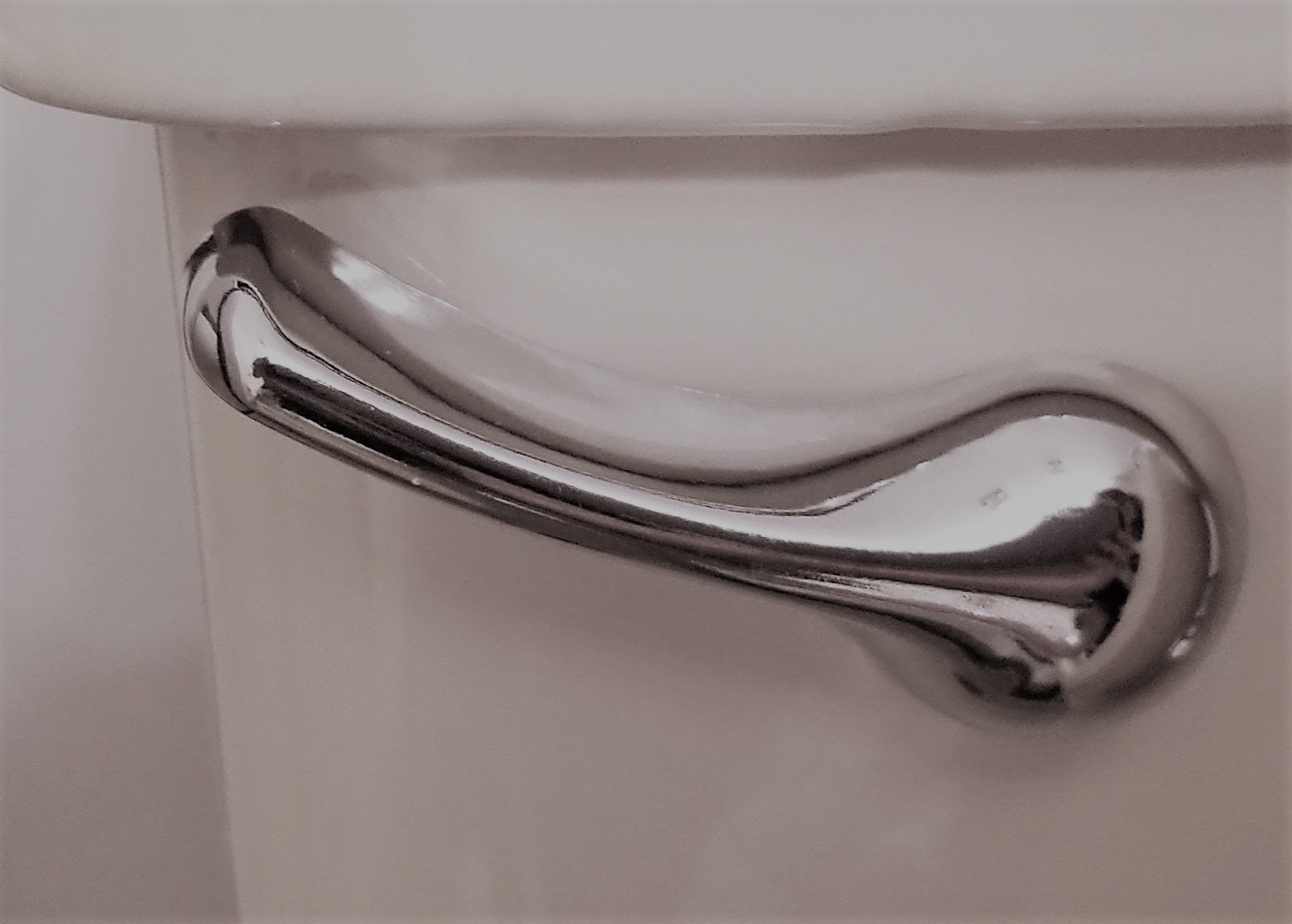
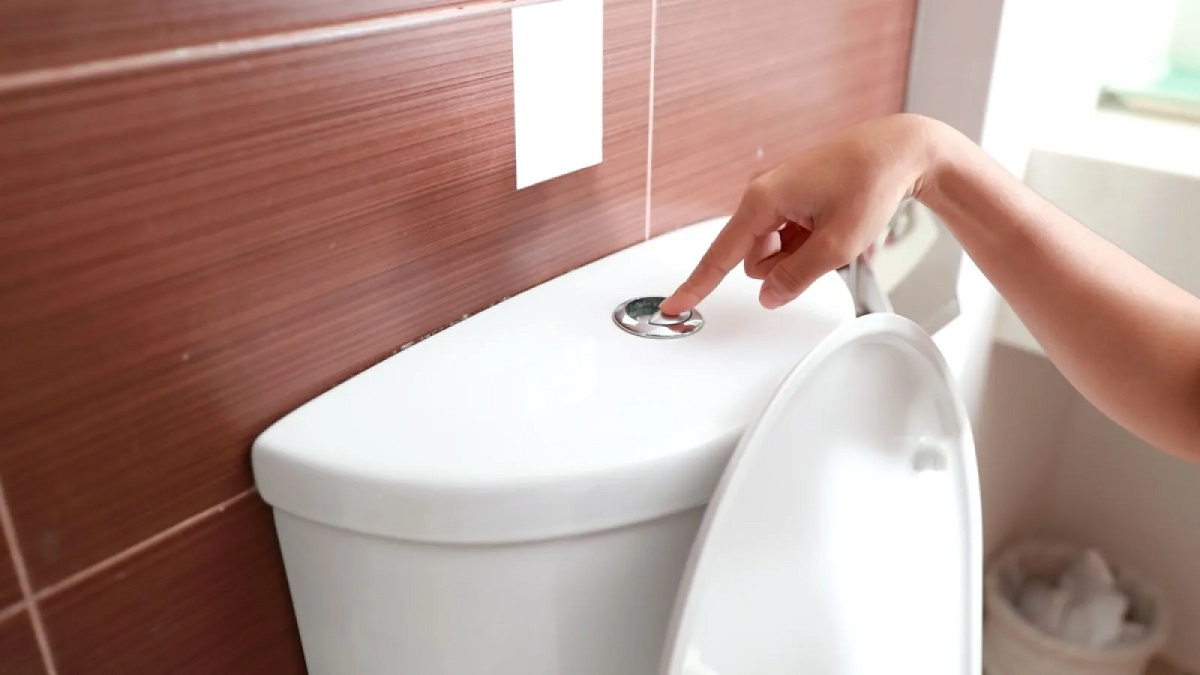
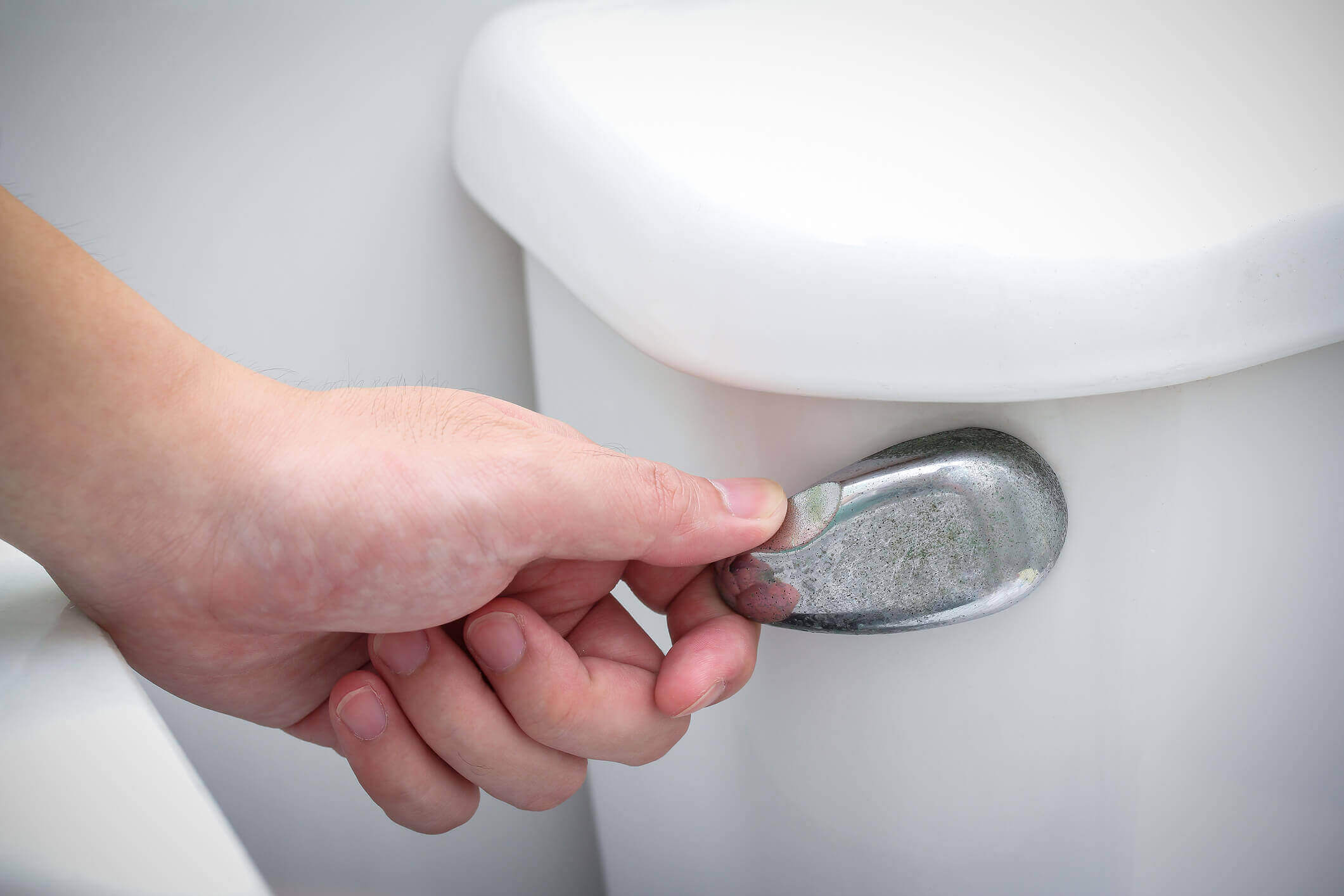
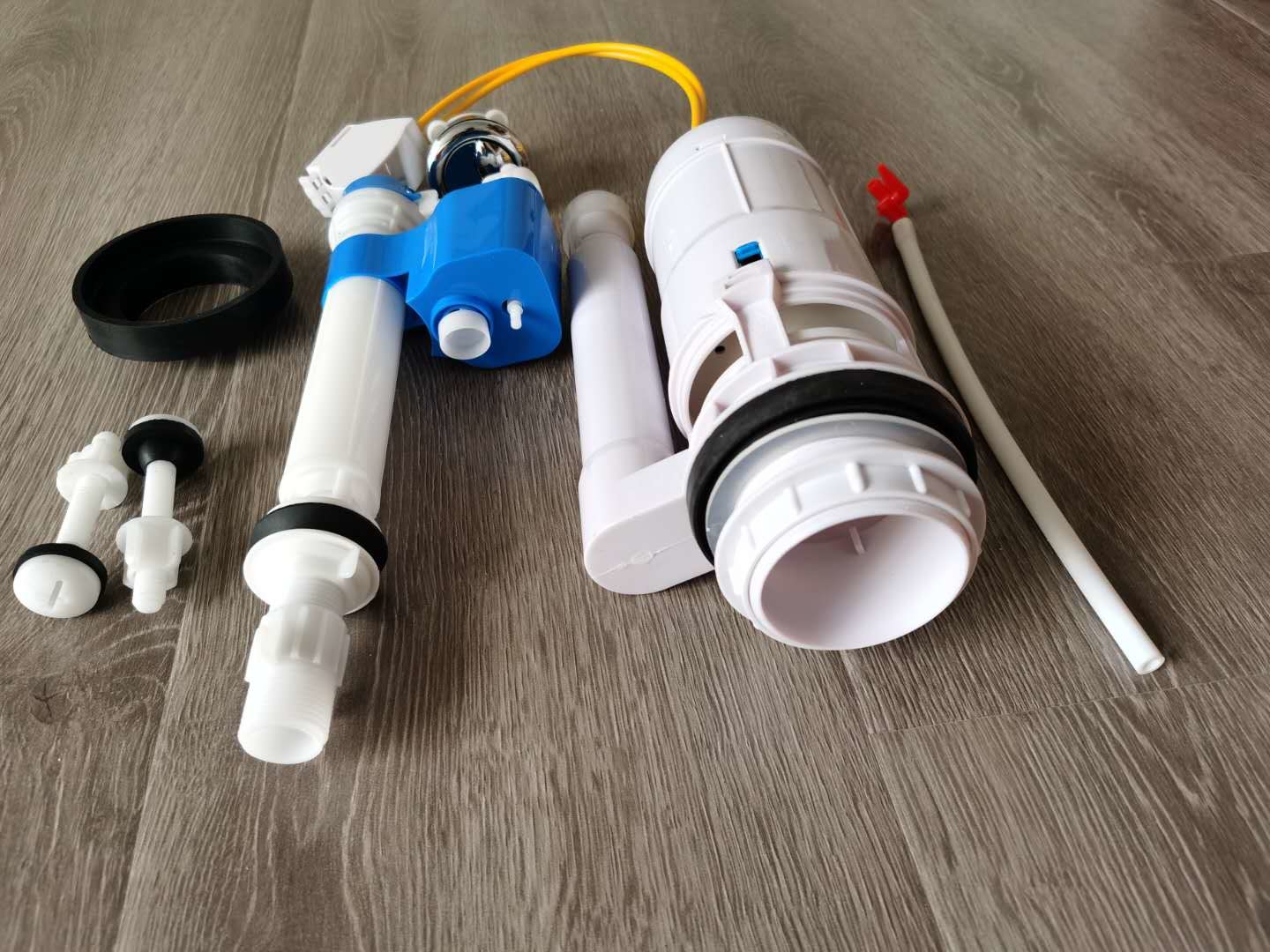
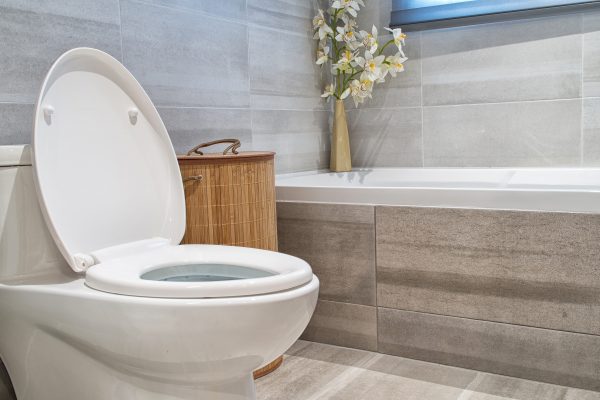
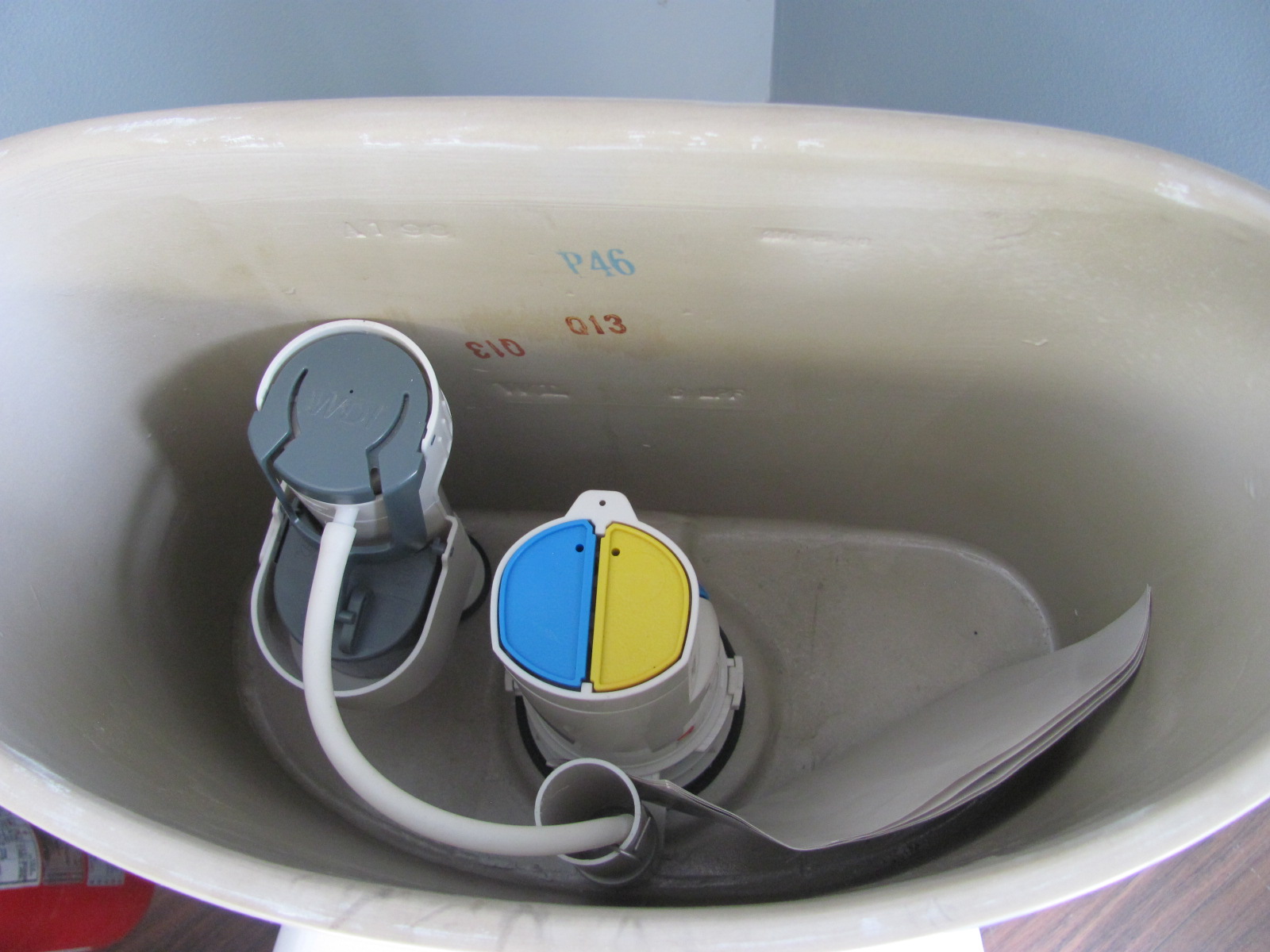
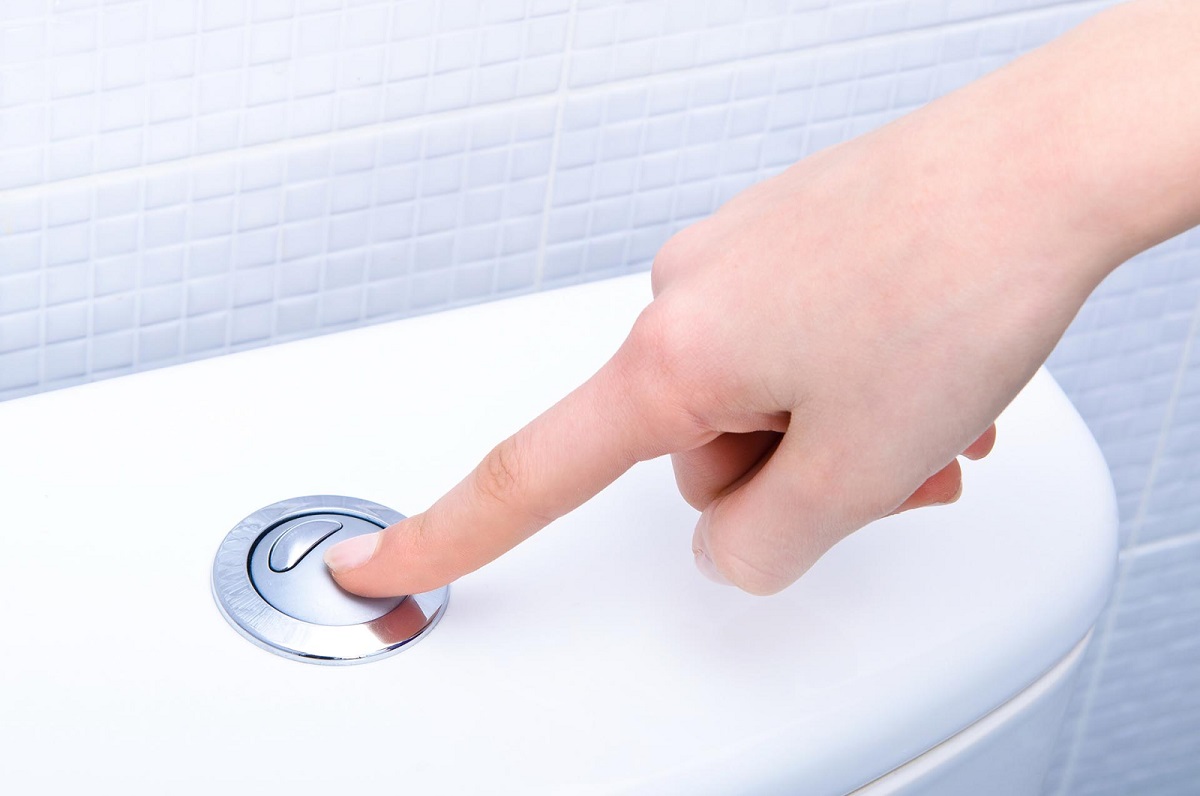

0 thoughts on “How To Flush An Automatic Toilet”